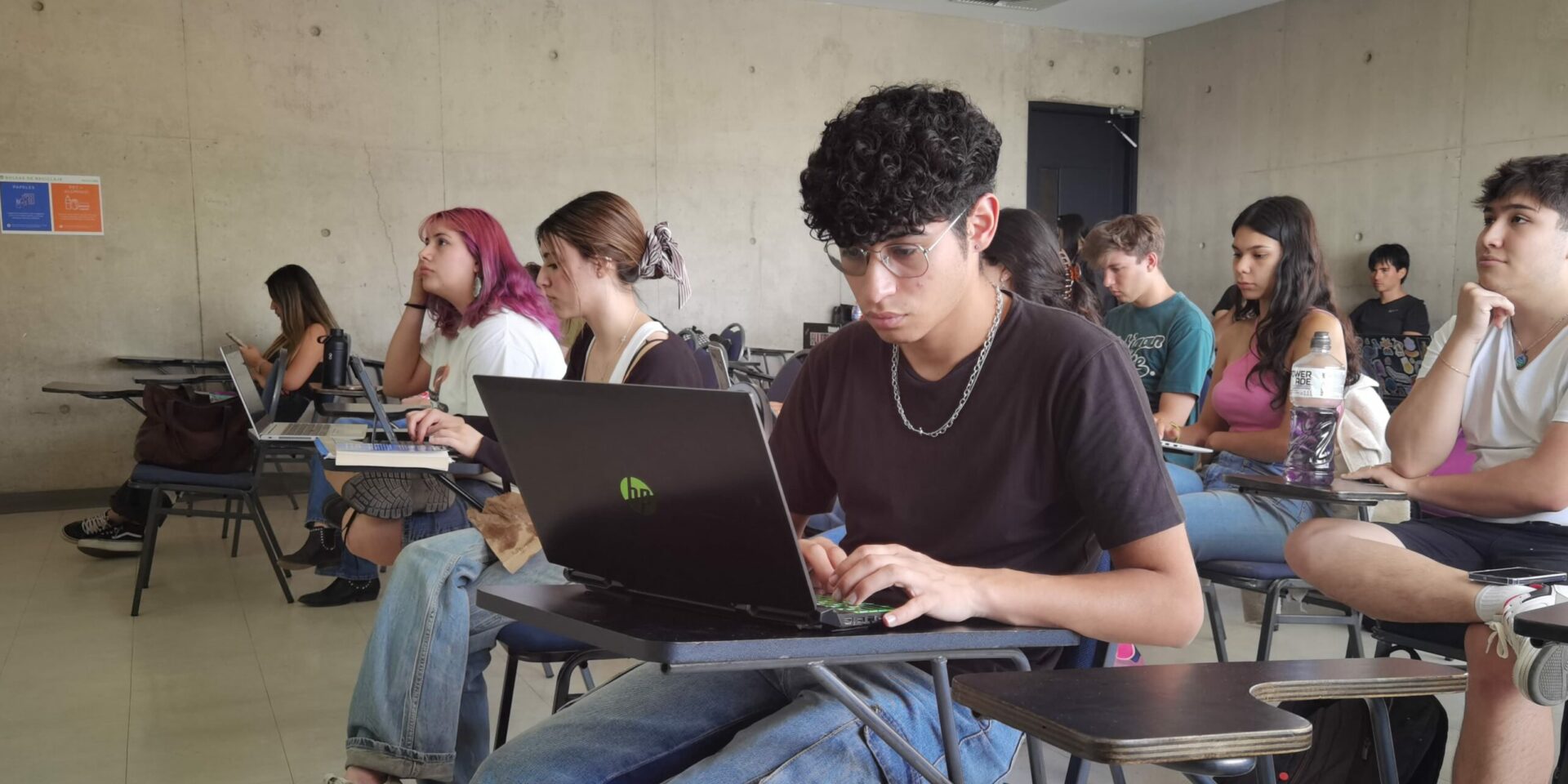
The impact generated by the current coronavirus pandemic and consequent restrictions implemented by governments to delay the spread of the virus has generated a global economic contraction. As a result, the world economy has reduce by 7 percent this year, making it the worst economic recession experienced since the Second World War.
In this context, the Mexican government has declared a sanitary emergency and implemented measures to prevent the contagion. This has undoubtedly halted the Mexican economy. However, being a highly open economy, the pandemic has hit Mexico’s productivity in many key sectors that are not directly linked to the government’s measures. Travel restrictions have harmed tourism, which represents around 9% of the Mexican Economy. Exports have also declined due to a decrease in global demand as well as global market volatility and a sharp decline in oil prices. This has resulted in an outflow of capital from the government bond market amounting to 1.4 percent of Mexico’s GDP and a depreciation of it currency of around 26 percent. It also has not helped that before the pandemic, Mexico has been experiencing a loss in confidence from investors. By February, private investment in Mexico had fallen 13 months consecutively. Estimates suggest Mexico could experience a 5 percent reduction in their economy.
Other sectors of the economy that have been greatly impacted are jobs and small enterprises. The government’s restrictions have significantly reduced the workforce in Mexico. In a seven-week period between March and April, Mexico has lost more than 750 thousand formal jobs. Small enterprises have also been hit hard by the pandemic, particularly those that rely on daily sales. Their sales have been cut by 80 percent. This is generating great uncertainty for small enterprises which derived from tax obligations, suspended supply chains, and lack of available personnel to their business running.
To gradually start the process of economic recovery, on May 14 the Mexican government announced their plan to lift restrictions and resume activities. Their plan includes the use of a color scheme to signal which cities can resume which. Cities in red represent cities that are required to restrict non-essential activities, while green represents a normalization of activities. As of June 19, 15 states in Mexico are at a red light; the equivalent of maximum constraints. The other 17 states are in the color orange, that is, moderate infection.
In order to help correct the damage that Mexican jobs have been suffering due to the pandemic situation, the Mexican government has offered a subsidy such as unemployment insurance for a period of three months to those workers who are subject to the payment of a mortgage loan with the institute of homes. Said contribution from the Mexican government is for an amount of 7.3 trillion pesos. Also with the purpose of cushioning the damage done to Mexican jobs, the government has decided to offer loans for households with a minimum interest rate with a total sum to invest of 35 billion pesos, personal loans with a low interest rate for a Total sum to invest of 3 trillion pesos and a monthly deferred payment program through the Institute of the National Fund for the Consumption of Workers (FONACOT).
To alleviate small enterprises, AMLO proposed granting loans to companies and workers both in the formal and informal sector, as well as provide pay-as-you-go loans to family businesses, to pay for payroll expenses, for those who are self-employed and to domestic employees.
The government has also implemented monetary measures since March to facilitate the inflow of investment and increase liquidity to the markets. The central bank has reduced rates by 200 basis points, reduced the amount of mandatory deposits by 15 percent, and channeled resources amounting to 350 billion pesos from commercial and development banks to alleviate businesses and help foster investment. Additionally, the government has implemented financial instruments to increase liquidity. It has allowed for repurchasing of government securities with longer maturities, introduced a temporary debt security swap facility, among other.
Even with this government support, times are going to be hard for Mexico, and no one knows how long this will last. The number of COVID cases have been increasing since March, and there is still not a clear indication of when this trend will end. However, not everything is negative. This is an opportunity for Mexico, and the rest of the World, to learn and rebuild with higher resiliency for future.